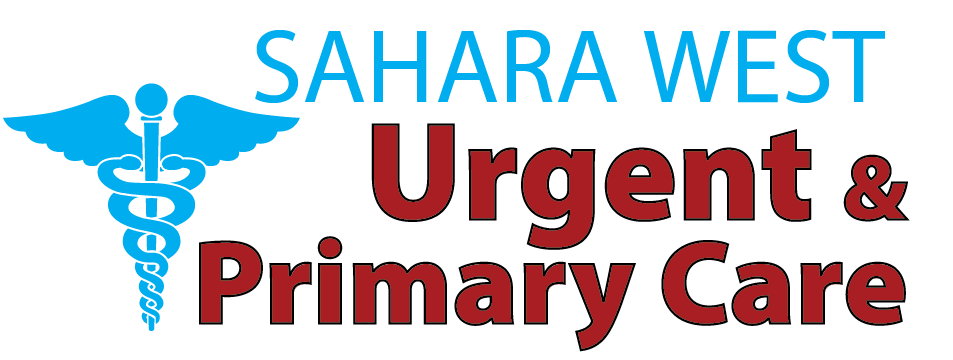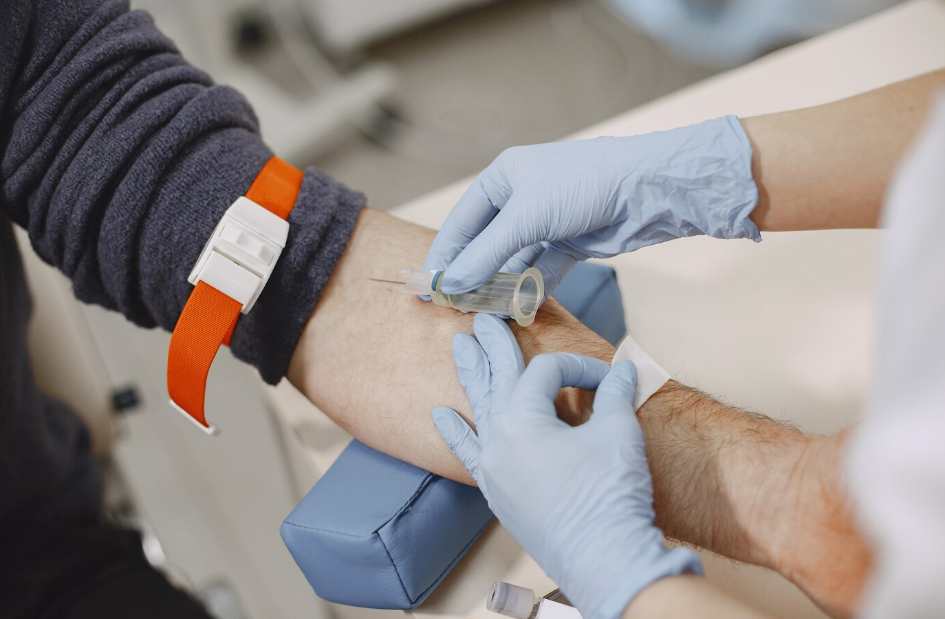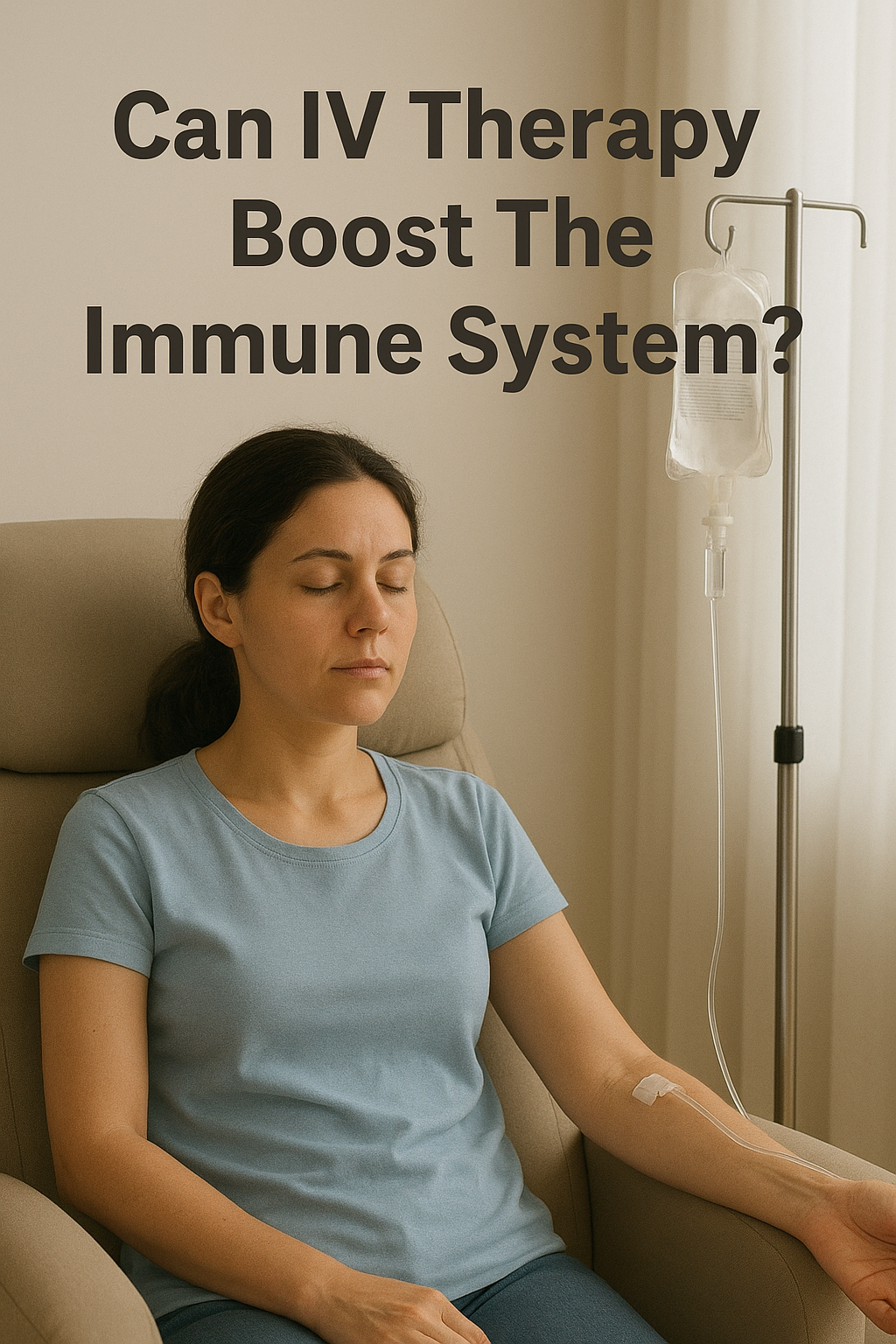Intravenous therapy, or IV therapy, is becoming extremely popular in health optimization, rehydration, and rapid nutrient delivery. Commonly found in hospitals, health centers, and even domestic care systems, this process means having fluids, vitamins, and minerals injected into your bloodline.
This detailed guide examines all the details of IV therapy, its mechanism of action, and population it serves, its major advantages, precautions, and the most frequent risks. As much as you want to get well quickly, boost immunity, or enhance beauty, it is important to know about IV therapy to use safely and in an informed manner.
What is IV Therapy?
Intravenous (IV) therapy is a medical practice in which fluids, medications, or nutrients are introduced directly into a blood vessel through a tube. It means that it promotes quick and full intake by the blood flow, which evades the digestive system completely.
IV therapy has found its place in the wellness practice, whereas in hospitals it was traditionally applied to dehydration, infections, and critical care. It is applied today in energy increasing, fatigue combating, immunity improving, skin improving, and many others.
Also known, its application has been popular among certified medical professionals at clinics, spas, or the use of mobile IV therapy services.
How IV Therapy Works – The Science Behind the Infusion
The procedure of IV therapy is based on the insertion of a sterile solution of fluid into the bloodstream of your body through the IV line. The mixture is in the form of a water mixture, electrolytes, vitamins, minerals, amino acids, or medications.
Once the IV drip is on the fluid goes into the bloodstream through the small needle/catheter into the vein, via a tube with a bag of fluid. There is almost immediate absorption as it does not flow through the digestive tract; in this way, it is excellent in fluid rehydration and nutrient administration.
The nutritional levels get full bioavailability to the body as opposed to orally needed supplements which should undergo the liver and gastrointestinal system whereby, in most cases, they do not get full absorption.
Types of IV Therapy Solutions
IV therapy is highly customizable based on individual needs. The most common types of IV solutions include:
- Saline solution (0.9% sodium chloride) – Used for basic hydration and fluid replacement.
- Lactated Ringer’s solution – Contains electrolytes and is often used in surgery and trauma settings.
- Dextrose solution – Provides glucose for energy.
- Vitamin-infused blends – Combines essential vitamins like B12, C, and D, plus minerals such as magnesium and zinc.
- Medicated drips – May include anti-nausea, anti-inflammatory, or anti-migraine medications.
Each formula is tailored to specific health goals, whether it’s immune support, energy restoration, athletic recovery, or detoxification.
Common Uses of IV Therapy
IV treatment has ceased being an exclusive hospital facility. The use of the same is now widespread in preventative medicine and wellness serving diverse ends:
Hydration and Physical Recovery
IV hydration is beneficial when you want to be quickly restored with fluid balance, either following a heavy workout, being requested by the heat, or because of sickness. IV drips are also utilized by athletes who want their muscles to recover quicker and their endurance to increase.
Immune System Support
The most popular immunity-boosting IV combinations consist of high-dose vitamin C, zinc, and glutathione. These nutrients assist the body to fight disease, suppress oxidative stress, and boost general immunity.
Fatigue and Energy Replenishment
Patients with chronic fatigue and jet lag trigger a stronger mental alertness and sustaining power, as they experience the effect of B-complex with magnesium infusion.
Migraine and Pain Relief
There are IV therapies to relieve the signs of a migraine or inflammation. In general, these include electrolytes, magnesium, and anti-nausea pills.
Beauty and Skin Health
IVs that contain glutathione and biotin are sold on the basis that they can give the skin a brighter appearance, reduce any signs of aging, and strengthen hair and nails. These are mostly famous in beauty and aesthetic clinics.
Benefits of IV Therapy
IV therapy offers a range of benefits for both medical and wellness purposes. These include:
Immediate Nutrient Absorption
The first one is nutrient delivery, which is fast and efficient. As opposed to oral supplements, IV nutrients enter your body in a second, making quicker outcomes.
Enhanced Cellular Hydration
Hydration enhances the health of the organs, detoxification, energy balance, and the elasticity of the skin. IV therapy helps to reinstate hydration more efficiently compared to water consumption.
Boosted Immune Function
Vitamin C, zinc, and selenium-rich infusions could increase the level of white blood cells and reduce infection-related illness activities such as the flu or the common cold.
Elevated Energy and Mood
Patients often report improved energy, sharper focus, and elevated mood following IV therapy. This is due to the direct infusion of energy-producing nutrients like B12 and magnesium
Detoxification Support
Antioxidants such as glutathione contribute to the cleansing of the liver and neutralize the free radicals, which can enhance the clarity of the skin and general health.
What is IV Vitamin Therapy?
IV vitamin therapy refers to a particular kind of IV treatment that administers a tailored mix of vitamins and minerals straight to the vein via the use of a mix of IV vitamins and minerals. It is commonly applied to practice holistic and integrative medicine.
Popular Vitamin Cocktails
Some widely used IV vitamin blends include:
- Myers’ Cocktail: A mix of magnesium, calcium, B-complex vitamins, and vitamin C.
- High-dose Vitamin C: Used for immune support, inflammation, and as an adjunct in cancer therapy.
- Glutathione Drip: Known for its detoxifying and skin-lightening properties.
- NAD+ Infusion: Supports energy metabolism and brain function.
Clinical Evidence and Efficacy
Though anecdotal reports are leaning towards positive changes, peer-reviewed clinical IV vitamin treatment research is an ongoing process. There is evidence that it helps with things, such as migraines, chronic fatigue, and fibromyalgia, although larger studies are required.
The IV Therapy Procedure – What to Expect
A typical IV therapy session lasts 30 to 60 minutes. Here’s how it works:
Initial Health Assessment
The health history, allergies, and targets of each patient will be reviewed by a trained provider before the start of the infusion. Pre-treatment blood work can be prescribed so that your treatment can be individualized.
Insertion and Monitoring
A tiny syringe is placed within a vein, normally on the arm. The IV bag is suspended over the patient where the gravity assists the fluid to drip slowly. The session will look after the level of comfort and side effects.
Post-Treatment Care
Upon its completion, the catheter is then removed, and a bandage is used. It can make you feel more energized at once, or take the benefits within the following few hours.
Side Effects of IV Therapy
While generally safe, IV therapy can have some side effects.
Common Mild Side Effects
- Soreness or bruising at the injection site
- Metallic taste in the mouth
- Temporary light-headedness
- Flushing or mild headache
These symptoms are typically short-lived and resolve within a few hours.
Risks and Complications
Complications are serious and can be experienced on rare occasions, especially when the administration of IV therapy is improperly done or without sufficient hygiene.
Potential Risks Include
- Infection at the injection site
- Vein inflammation or thrombophlebitis
- Electrolyte imbalance
- Allergic reactions to certain components
- Air embolism (extremely rare)
It’s essential to choose a qualified healthcare provider to minimize these risks.
Who Should Avoid IV Therapy?
Certain individuals should not undergo IV therapy without medical clearance. These include:
- People with heart or kidney disease (risk of fluid overload)
- Pregnant or breastfeeding women (unless prescribed)
- Patients on blood thinners or with clotting disorders
- Those with known allergies to vitamins or medications used in the drip
Always consult your doctor before starting IV therapy, especially if you have chronic health conditions.
Choosing the Right IV Therapy Provider
To ensure safety and effectiveness, select a provider with:
- Licensed medical staff (RN, MD, or NP)
- Transparent ingredient lists
- Single-use sterile equipment
- Clean, accredited clinical environment
- Emergency protocols in place
Research online reviews and request certifications if unsure.
IV Therapy vs. Oral Supplements
The debate between IV vs. oral nutrients comes down to bioavailability and speed.
- IV therapy delivers 100% absorption directly to the bloodstream.
- Oral supplements are slower and less predictable due to digestive breakdown.
However, oral supplements are convenient and affordable, making them suitable for daily use, while IV therapy is ideal for quick, high-dose interventions.
New Trends in IV Therapy
As the field grows, innovative therapies are gaining attention, including:
- NAD+ therapy for brain health and anti-aging
- Ozone therapy to promote healing and immune response
- Chelation therapy for heavy metal detoxification
These advanced therapies should be administered under the guidance of a medical professional.
What Does the Research Say?
Scientific studies on IV therapy are still limited but growing. Promising evidence exists for its role in:
- Migraine and fibromyalgia relief
- Energy and mood improvement
- Immune support during illness
However, more robust, controlled trials are needed to verify long-term benefits.
Conclusion
IV therapy Las Vegas is an effective means of providing direct nourishment to your blood supply, which is provided by the nutrients and hydration filled into your IV bag. When applied in a proper way, it can be applied towards recovery, strengthening immunity, beauty, and energy. However, it is not a simple universal solution.
When working with a certified medical provider, being aware of the ingredients to be used, and being knowledgeable of the possible risks, always work with certified medical provider. When done properly IV therapy can be a safe and effective addition to your wellness routine.
Are you prepared to dive into IV therapy? Interact with an experienced professional and find a cure that fits your objectives in health. To schedule your appointment with the highest standard of care, visit Sahara West Urgent Care on our website, where you can also explore more informative blogs.
Faqs
Is it safe to do IV therapy at home?
Home IV therapy can be safe if performed by a licensed nurse or paramedic using sterile equipment. Avoid DIY kits or unverified providers.
How long do IV therapy effects last?
The effects can last between 2 to 5 days, depending on the nutrients used and your metabolism.
Can IV therapy help with hangovers?
Yes. Many people use IV drips with fluids, B vitamins, and anti-nausea meds to recover from hangovers faster.
Is IV therapy covered by insurance?
Insurance typically covers IV therapy only when medically necessary and prescribed in a hospital. Wellness infusions are generally out-of-pocket.





